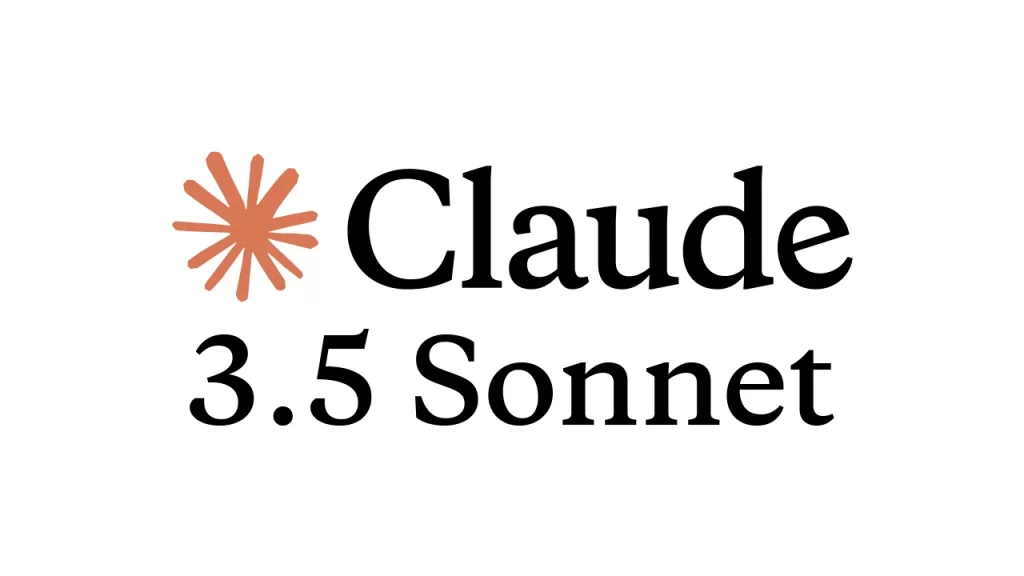
In a significant breakthrough, Anthropica has unveiled Claude 3.5 Sonet, a cutting-edge AI model that boasts an unprecedented capability – computer use. This innovative feature empowers developers to direct Claude to interact with computers like humans, leveraging its ability to perceive and engage with screens, move cursors, click buttons, and type text. Claude 3.5 Sonet is the first Frontier AI model to offer computer use in public beta, marking a substantial milestone in AI development.
Unmatched Benchmark Performance
Claude 3.5 Sonet has demonstrated exceptional performance across various domains, outshining other state-of-the-art models in its class. Its impressive benchmark results include:
- Graduate Reasoning Level: Claude 3.5 Sonet has achieved remarkable scores in graduate-level reasoning tasks, showcasing its advanced cognitive abilities.
- GP QA Diamond: The model has excelled in GP QA Diamond benchmarks, demonstrating its capacity to comprehend and respond accurately to complex queries.
- MMLU Pro: Claude 3.5 Sonet has outperformed other models in MMLU Pro evaluations, highlighting its proficiency in visual understanding and language processing.
- Coding Evaluations: With a 3% gain over its previous benchmark marks, Claude 3.5 Sonet has solidified its position as a leader in coding evaluations.
- High School Math Competitions: The model’s performance in high school math competitions has seen a significant jump, underscoring its enhanced mathematical reasoning capabilities.
Pioneering Agentic Coding and Tool Use
Claude 3.5 Sonet’s agentic coding and tool use capabilities have set a new standard for AI models. Its remarkable performance on the software engineering benchmark is particularly noteworthy, achieving a score of 49%. This capability enables developers to:
- Automate repetitive processes
- Build and test software
- Conduct open-ended tasks like research
Demystifying Computer Use
Anthropic has developed an API that allows Claude to perceive and interact with computer interfaces. Developers can integrate this API to enable Claude to translate instructions into computer commands. For instance:
- Filling out forms
- Navigating web pages
- Executing coding tasks
Real-World Applications
Anthropic has released videos showcasing Claude’s computer use capabilities in various scenarios:
- Automating Operations: Claude fills out a vendor request form by retrieving data from a spreadsheet and CRM.
- Coding Tasks: Claude controls a computer to execute coding tasks on a website, demonstrating its ability to interact with VS Code and Chrome.
- Personal Tasks: Claude plans a sunrise hike by searching for locations, checking sunrise times, and creating a calendar invite.
Addressing Safety Concerns
As with any beta feature, computer use poses unique risks. Anthropica advises developers to take precautions:
- Using a dedicated virtual machine or container with minimal privileges
- Avoiding sensitive data access
- Limiting internet access to an allow list of domains
- Confirming decisions with a human
The Future of AI Development
Claude 3.5 Sonet’s computer use capability marks a significant advancement in AI development. Its exceptional performance and innovative features make it an exciting model for developers. As the AI community continues to explore and innovate, Claude 3.5 Sonet sets the stage for future breakthroughs.
Additional Features and Enhancements
Anthropic has also introduced Claude 3.5 Haiku, a faster and more affordable model that outperforms many state-of-the-art models in coding tasks. This new model class is poised to democratize access to advanced AI capabilities.
Claude 3.5 Sonet’s groundbreaking computer use capability revolutionizes the AI landscape. Its unparalleled performance, innovative features, and real-world applications make it an indispensable tool for developers. As AI technology continues to evolve, Claude 3.5 Sonet’s impact will be felt across industries, transforming the way we interact with computers and pushing the boundaries of what is possible.
